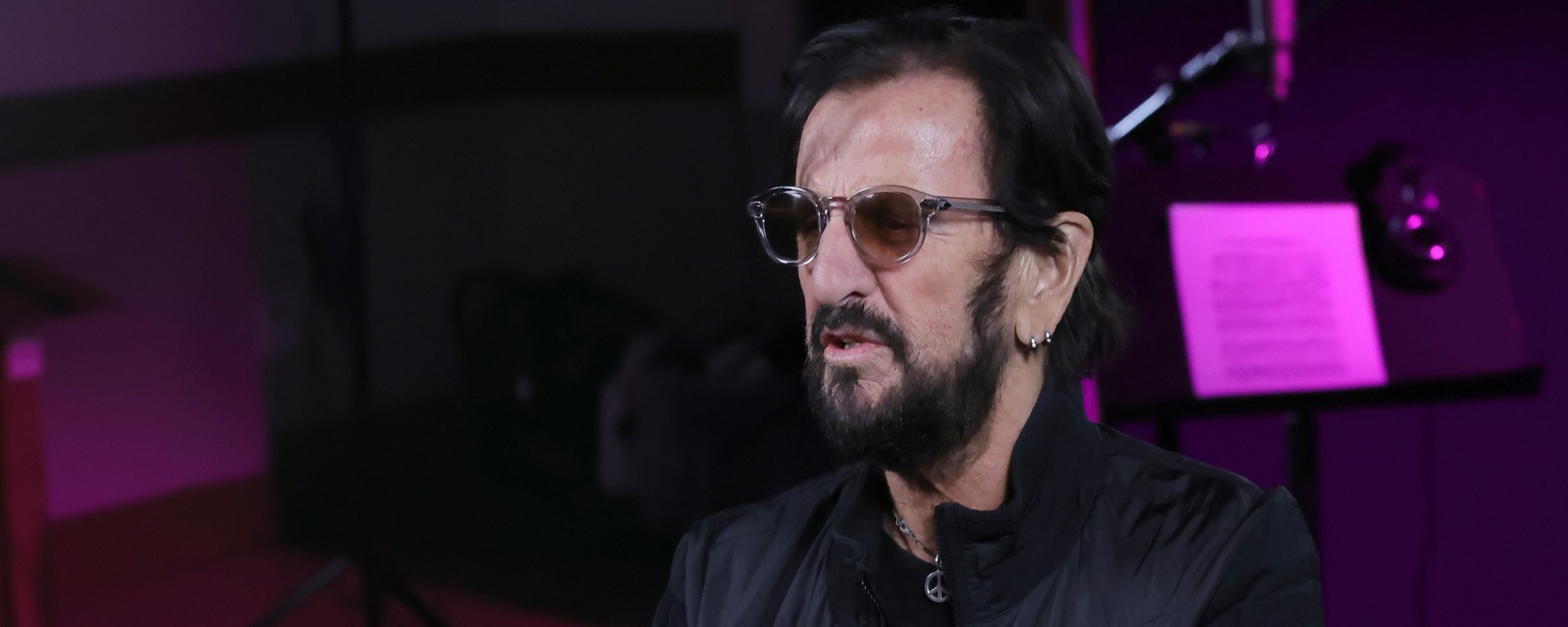The Grateful Dead shaped the psychedelic rock genre in the 1960s. Their legacy and music remain prominent today, as musicians attempt to follow in their footsteps.
Videos by American Songwriter
The award-winning ensemble that formed in 1965 in Palo Alto, California, gained recognition for its groundbreaking live performances. Their set at Woodstock Festival in 1969 solidified their status as pioneers, as their trippy instrumentation resonated. The “Deadheads,” their adoring fan base, continued to display their support when the band embarked on their 72 Tour around Europe.
While the group has had numerous monumental moments under the spotlight, their performance at Cornell University in 1977 at Barton Hall remains iconic. Not only did the show include a diverse setlist from the band’s repertoire, but displayed their remarkable relationship with fans.
Although many would assume their setlists are carefully crafted in advance, Garcia, who died in 1995, explained in an interiew that they are not. “We don’t make up our sets beforehand,” shared Garcia in The Grateful Dead: Playing In The Band. “We’d rather work off the tops of our heads than off a piece of paper.”
Their frequent appearances at Ken Kesey’s parties, allowed the band to hone in on their sound and perfect their performance style. The gig turned into a series called “Acid Tests.” Their set became an immersive experience that incorporated visual effects and drugs. The Acid Tests played a vital role in their career, as they became a way to display their artistic expression.
Following the experimental phase, they released multiple live albums to emulate the unmatched energy—Live/ Dead (1969), Skull & Roses (1971), Europe 72 (1972), One from the Vault (1991), Dick’s Picks (1993-2005), Without a Net (1990), and Cornell 5/8/77 (2017).
Skull & Roses includes “Bertha.” Garcia penned the up-tempo hit alongside Robert Hunter for their self-titled studio album. The infectious rock beats and ear-grabbing guitar riffs transformed the banger into a fan favorite at live shows. The imagery-heavy lyrics convey a story about a woman named Bertha. However, many fans believed it was about a floor fan that the band had in their office.
Hunter placed the rumors to rest and told 92.7 WLIR-FM the true inspiration behind the beloved track. He explained that the fan was named Bertha after the song was released.
“No, this was after the fact. I don’t know where that story is,” explained Hunter. “I think they started calling this fan in the office that would run around and try and catch everyone and cut their fingers off. They started calling it Bertha. But no, this is not true.”
He concluded, “Bertha, I think, is probably some vaguer connotation of birth, death, and reincarnation. Cycle of existences, some kind of nonsense like that. I wouldn’t be surprised, but then again, it might not be. I don’t remember.”
The 11th annual Grateful Dead Meet-Up At The Movies will hit the big screen on June 22 and 24. The two-night-only premiere will feature the band’s performance at Chicago’s Soldier Field in the early ‘90s.
Photo by Larry Hulst/Michael Ochs Archives/Getty Images











Leave a Reply
Only members can comment. Become a member. Already a member? Log in.